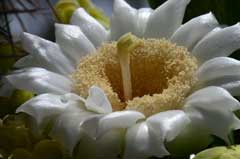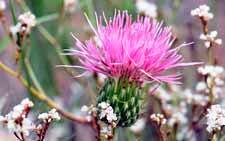Euphorbia heterophylla, Mexican Fireplant
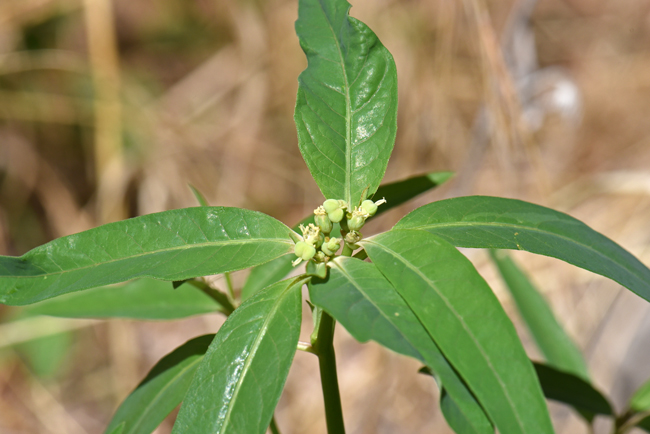
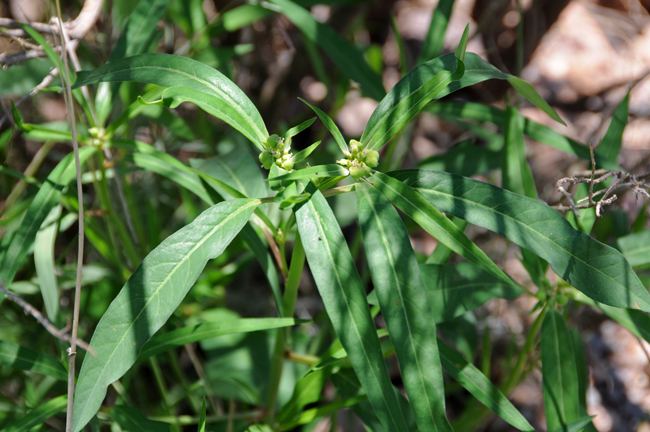
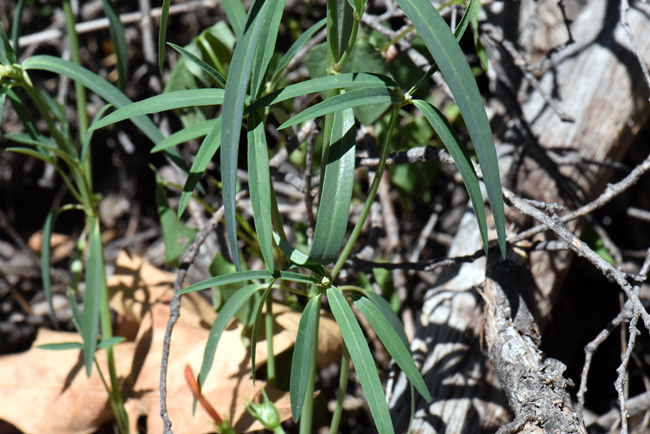
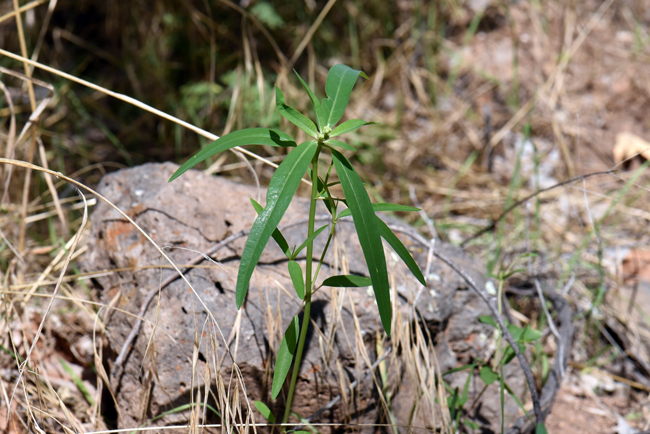
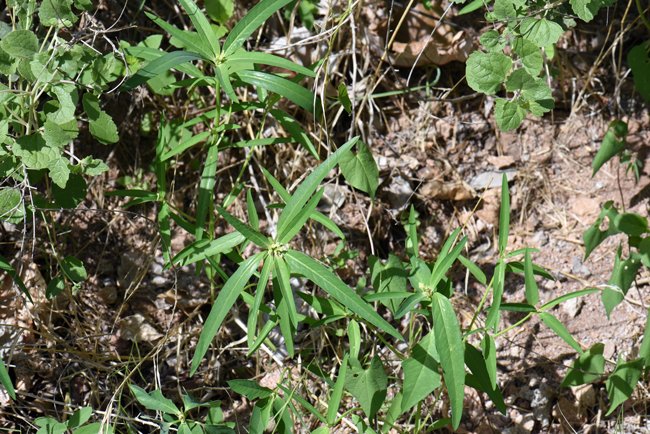
Scientific Name: Euphorbia heterophylla
Common Name: Mexican Fireplant
Also Called: Desert Poinsettia, Japanese Poinsettia, Mexican-Fireplant, Painted Euphorbia, Painted Spurge, (Spanish: Picachalih)
Family: Euphorbiaceae, Spurge or Euphorbia Family
Synonyms: (Euphorbia cyathophora, Euphorbia geniculata, Euphorbia heterophylla var. eriocarpa, Euphorbia heterophylla var. graminifolia, Euphorbia prunifolia, Poinsettia geniculata, Poinsettia heterophylla)
Status: Native to tropical and sub-tropical America; now observed throughout the tropics and has spread rapidly in many parts of the world. Introduced to South and Southeast Asia as an Ornamental, apparently a weed in India and Thailand invading cotton fields and agricultural terrain.
Duration: Annual
Size: Up to 36 inches or usually much less; (30-90 cm)
Growth Form: Forb/herb; light green stems erect, branches ascending from near base, plants mostly hairless.
Leaves: Bright green adaxially, pale green abaxial; lower leaves mostly alternate, leaf shapes highly variable from linear to ovate, obovate, elliptic or lanceolate; leaf petiole slender at first and widening near leaf blade; leaf margins typically entire and may be lyrately lobed.
Flower Color: Flora leaves (bracts) are often partly colored pink or red; , "flowers" are a cyathium, singular cyathia are clustered terminally; fruits are 3-lobed glabrous capsules
Flowering Season: August to September or October.
Elevation: 2,500 to 5,000 feet - (762-1524 m)
Habitat Preferences: Margins of streams, washes and hillsides and in open or wooded, disturbed areas, usually in sandy soil.
Recorded Range: Euphorbia heterophylla is found in the southern half of North America from southern California east to Georgia and Florida; and southern through Mexico to South America. It is also found in Africa, Asia, Europe and Australia.
North America & US County Distribution Map for Euphorbia heterophylla.
U.S. Weed Information: In North America Euphorbia heterophylla (and as E. prunifolia - Painted Euphorbia) can be weedy or invasive according to the following authoritative sources: Southern Weed Science Society 1998. Weeds of the United States and Canada.. Southern Weed Science Society. Champaign, Illinois; and in other states by assorted authors. State noxious weed lists for 46 states. State agriculture or natural resource departments. Plants included here may become weedy or invasive.
Invasive/Noxious Weed Information: In North America Euphorbia heterophylla is listed as a Noxious Weed by the states of Florida (as E. prunifolia - Painted Euphorbia) and South Caroline (as E. prunifolia - Painted Euphorbia) to be a plant pest. Plants included here are invasive or noxious.
Wetland Indicator: In North America Euphorbia heterophylla has the following wetland designations: Arid West, UPL; Atlantic and Gulf Coastal Plain, FAC; Eastern Mountains and Piedmont, FACU; Great Plains, FACU ans Western Mountains, Valleys, and Coast UPL.
FAC = Facultative, occur in wetlands and non-wetlands
FACU = Facultative Upland, usually occur in non-wetlands, but may occur in wetlands
UPL = Obligate Upland, almost never occur in wetlands.
Threatened/Endangered Information: No information available.
In the Southwestern United States: Arizona has 21 species of genus Euphorbia, California has 25 species, Nevada has 6 species, New Mexico has 22 species, Texas has 31 species, Utah has 12 species. All data is approximate and subject to taxonomic changes.
Comments: The genus Euphorbia is large with more than 2,000 species worldwide. In the southwest there are about 30 species or so. As with many species of Euphorbia, this species releases a milky sap of white latex which is toxic.
In Southwest Desert Flora also see Euphorbia eriantha, Beetle Spurge, Euphorbia incisa, Mojave spurge and Euphorbia radians, Sun Spurge.
